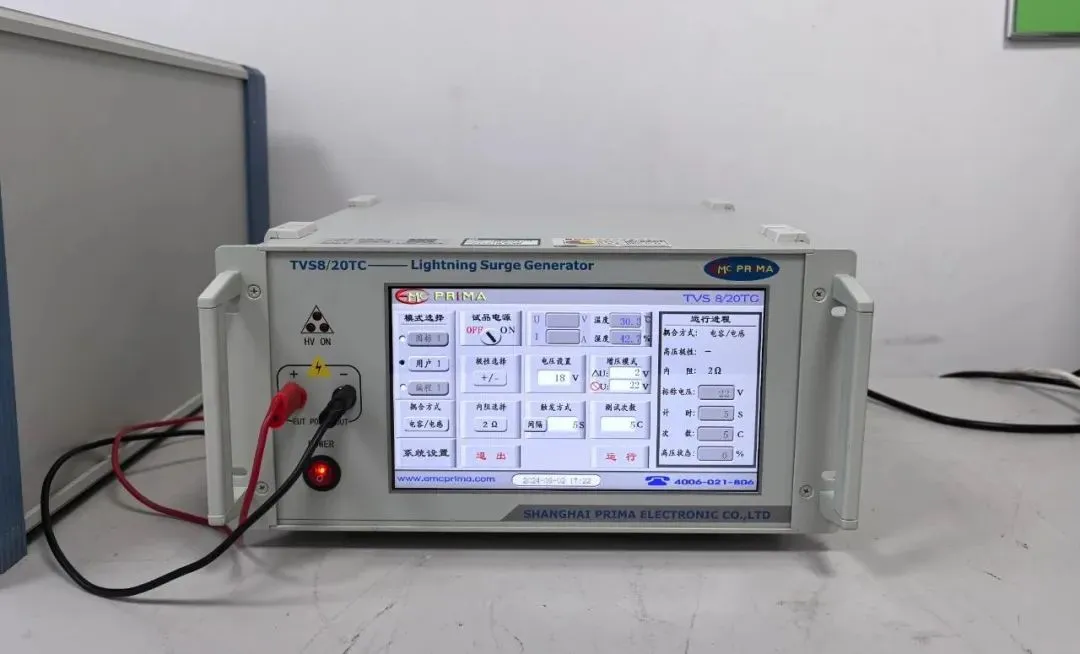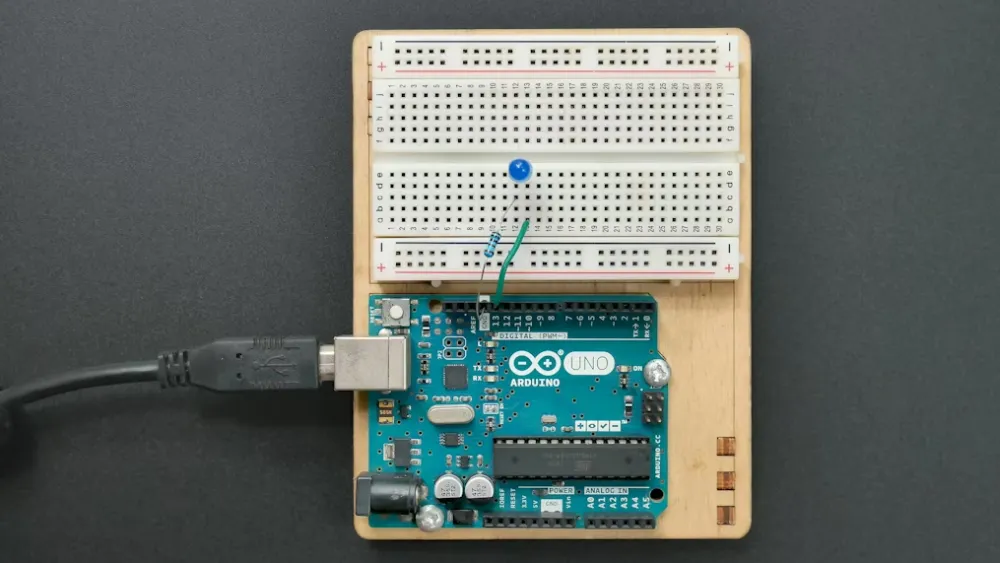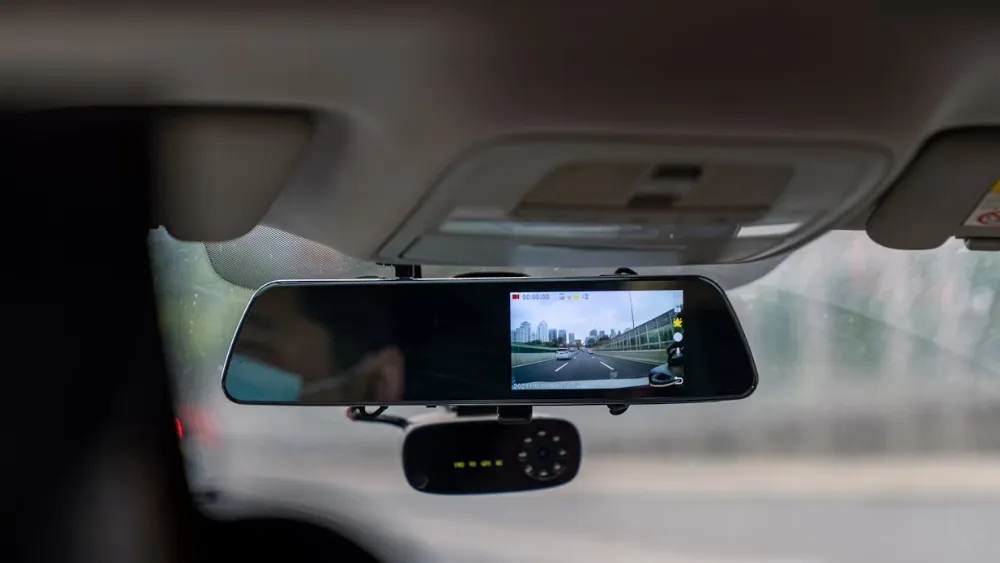
New BQB Bluetooth Certification Process for 2024
On January 30, 2024, the Bluetooth certification process was updated. The Bluetooth SIG Board of Directors approved the latest draft of QPRDv3 (QPRD_PROC_d3r15) to address one of the biggest challenges faced by our members: the overly complex Bluetooth qualification process. The Qualification Program Reference Document (QPRD) v3 is schedULed for final approval by the Bluetooth SIG Board of Directors on June 11, 2024, and will take effect on July 1, 2024. The new process will be simplified, addressing inconsistencies between management documents and operational documents, and merging process documentation into a single document: QPRDv3.
Changes to the Bluetooth certification process include:
- Integration of PRD, DPD, compliance requirements from core specifications, and over 10 board resolutions.
- A product-focused approach based on user scenarios, using existing designs or creating new ones to improve qualification pathways.
- Replacement of product types with core configurations.
- Updated terminology to align with governance documents and describe previous processes.
- Implementation of unified, clear testing requirements.
- Simplified test plans by generating only the necessary tests.
- Allowing unmodified designs to use previous TCRL versions.
- Elimination of the three-year re-evaluation requirement.
- Enhanced product interoperability through increased inter-layer dependency and IOPT.
- Improved readability through step-by-step guidance and clear tables.
- Greater flexibility for users to control and manage their products and designs.
- Addition of appendices to provide transition guidance for products qualified under prd2.3 or earlier versions.
Preparations for the updated Bluetooth certification process include:
- Launching a new qualification tool to support the new processes and policies.
- Updating the Bluetooth core specification to support QPRD.
- Updating the qualification tools' terms of use (TOU).
- Revising terminology in the fee schedule (fees remain unchanged).
- Transitioning test case categories from QPRD to TMPD.
- Completing the TCRL release.
- Updating documents to align terminology with QPRD.
- Providing educational and support resources for members.
Implementation of the new updates:
The new qualification program will be rolled out in phases.
- Phase 1 (Completed): We are currently developing the new qualification tools and launching member education and support resources, including new knowledge base articles and an updated Bluetooth Qualification Consultant exam.
- Phase 2 (Ongoing): We are working with the Bluetooth Qualification Review Board, Bluetooth Testing and Interoperability Board, Bluetooth Qualification Consultants, and Bluetooth Qualification Test Facilities to confirm our rollout timelines and seek final approval from the Bluetooth SIG Board of Directors to continue deploying tools and QPRD.
- Phase 3: In the final phase, we will complete all preparations, launch the new tools, initiate QPRD, and host webinars for members.
Bluetooth Certification Process:
The Bluetooth certification process promotes product interoperability and strengthens the Bluetooth® brand and ecosystem, benefiting all members. To complete the Bluetooth certification process, a product must include a design implementing at least one complete layer.
The Bluetooth certification process consists of five stages:
1. Provide Product Information
2. Clarify Design
3. Pay Administrative Fees
4. Submission
5. Verification
1. Provide Product Information:
For each product, members must provide the following information:
- Product Name
- Product Description
- Model Number
- Product Release Date
The product name and model number provided by members during the Bluetooth certification process must match the product name and model number used by the member in marketing, advertising, distribution, and sales of the product.
2. Clarify Design:
- Using Existing Designs: No modifications to the design are allowed, including changes to the ICS table. Changes to the product outside of the design are permitted, including:
- Industrial Technology
- Communication Technologies outside Bluetooth
- Product Branding
- Packaging
- Color
- Shape
- Name
- Model Number
- Creating a New Design: Members must provide the following information:
- New Design Name
- Whether other members are allowed to use the new design in their products
- Whether other users under the same member account are allowed to include the new design in their products
3. Pay Administrative Fees:
The cost of purchasing a DID (Declaration Fee) remains as per current implementation.
4. Submission:
Members use Bluetooth SIG online tools to upload and submit the requiRED documents and sign the necessary declarations and attestations. Declarations and attestations include the accuracy and completeness of information, binding authority of the member, and agreement to comply with Bluetooth SIG policies and agreements.
5. Verification:
The Bluetooth technical team will review the submitted materials. Most reviews are approved within one business day, with complex designs completed within five business days.
JJRLAB is an authorized Bluetooth SIG lab, offering one-stop services for bqb testing and certification of related Bluetooth products. For more information on SIG Bluetooth AllianCE certification, feel free to contact us.
Email:hello@jjrlab.com
Write your message here and send it to us
 EU Walkie-Talkie Testing Standards (30MHz–1000MHz)
EU Walkie-Talkie Testing Standards (30MHz–1000MHz)
 EU Compliance Certification Requirements for Tread
EU Compliance Certification Requirements for Tread
 EU Amazon & TEMU Compliance for Wireless Produ
EU Amazon & TEMU Compliance for Wireless Produ
 Bluetooth BQB Compliance Protocol Testing
Bluetooth BQB Compliance Protocol Testing
 Audio-Visual Equipment CE EN 62368 Testing Process
Audio-Visual Equipment CE EN 62368 Testing Process
 Amazon Portable Power Station Direct Validation Gu
Amazon Portable Power Station Direct Validation Gu
 What is the Japan PSE JIS C 62368-1:2020 Test
What is the Japan PSE JIS C 62368-1:2020 Test
 JIS C 62368-1 Electrical Safety Testing Standard
JIS C 62368-1 Electrical Safety Testing Standard
Leave us a message
24-hour online customer service at any time to respond, so that you worry!




